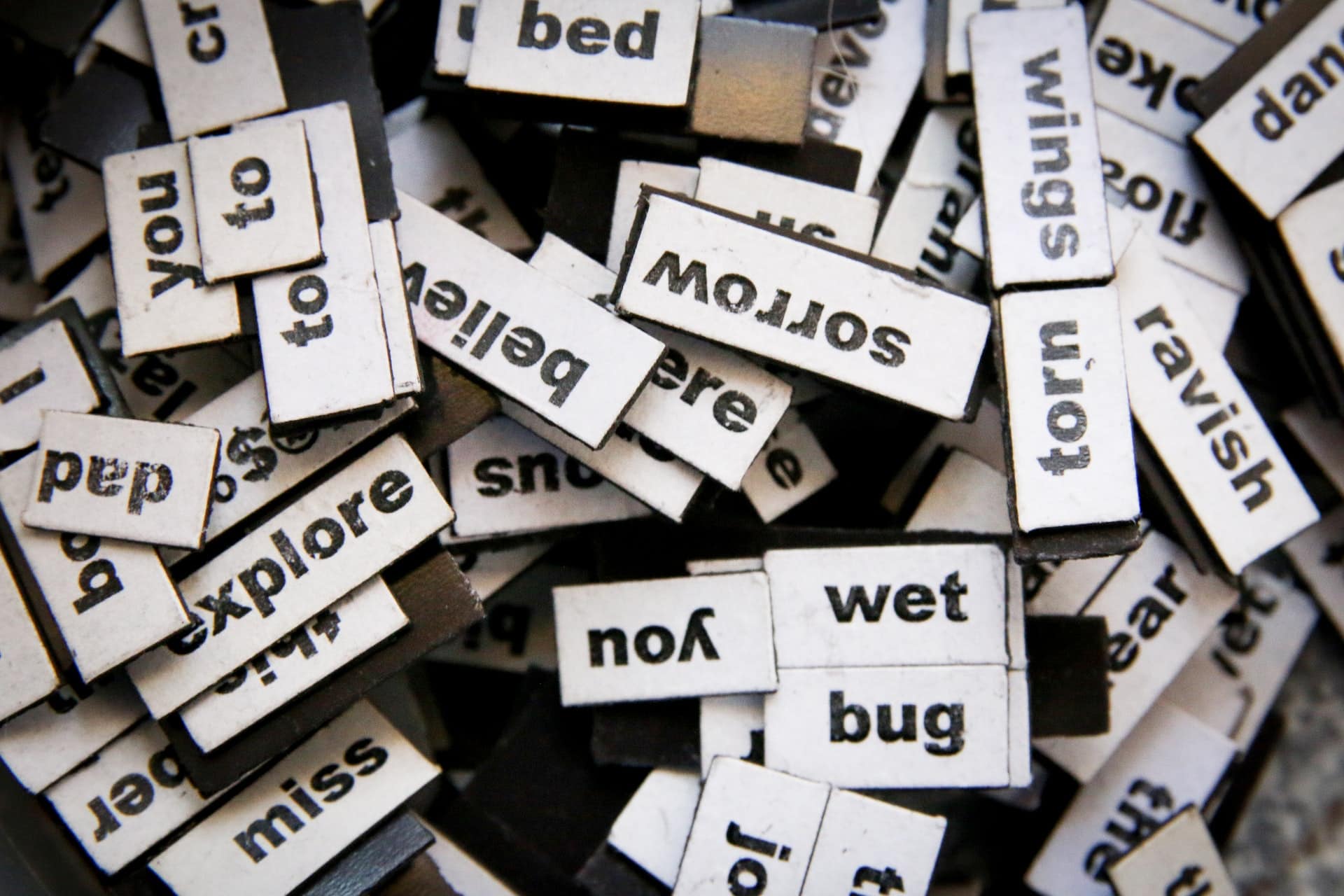Have you ever looked at a website and found it just a jumble of words? Or the colours just run one into the other?
What is an accessible website?
An accessible website is one that caters to a full range of users of all abilities. Accessible websites prioritise clear content, structure, ease of navigation, simple code, available on all devices and with information accessible to all users.
The Aotearoa, New Zealand Government gives this statement:
“Web accessibility is about inclusion — making sure everyone, including disabled people and those using assistive technologies, can access online information and services.“
https://www.digital.govt.nz/standards-and-guidance/design-and-ux/accessibility/
W3.org gives this statement.
“The Web is fundamentally designed to work for all people, whatever their hardware, software, language, location, or ability. When the Web meets this goal, it is accessible to people with a diverse range of hearing, movement, sight, and cognitive ability.
Thus the impact of disability is radically changed on the Web because the Web removes barriers to communication and interaction that many people face in the physical world. However, when web sites, applications, technologies, or tools are badly designed, they can create barriers that exclude people from using the Web.“
https://www.w3.org/standards/webdesign/accessibility
What accessibility issues do we think about when designing a website
Some of the things we think about when designing your website to be more accessible to more people. A lot of these are just good design principles and common sense.
- Mobile responsive
- Page load speed
- Considering Font size – e.g. using a larger font size if your main audience is older
- Checking the colour contrast e.g. to make sure that the text on buttons has a high enough contrast from the background so it can easily be seen; not using red on green for colour blind people
- Easy to understand text/content on your website
- Clean layout and design with lots of white space
- Alternate text for images – adding a description for images for people who can’t see the images
- Keyboard Input – making allowance for people who can’t use a mouse (particularly in forms)
- Transcripts for audio – so people with hearing challenges can know what the video is about
- Making sure form fields have an Aria label
Is there a plugin for that?
The answer is yes, there are lots of plugins and accessibility services out there and because of regulations coming in they are gaining in popularity. However, they can often create more problems than they solve and increase page load speed time.
I was reading a post the other day about this where they were talking about overlays creating a poor user experience for people who use assistive technology and not actually complying with accessibility standards. There are growing legal and privacy concerns associated with the overlays, which do not deliver on the promise of providing equal and open access to platforms. This has caused some of the WordPress community to push for the removal of overlays from some big names in the WordPress community:
“Meetup.com has removed its accessibility overlay, a recent addition to the company’s website that raised concerns with the WordPress community and the broader community of accessibility professionals. The overly was powered by EqualWeb, a product which claims to provide automated compliance with accessibility standards but doesn’t address inaccessibility at the root of the problem.“
wptavern.com/meetup-com-removes-accessibility-overlay-in-response-to-wordpress-communitys-concerns
Do we use one? No!
Do we use one? The answer is “no”. No plugin can actually address accessibility issues in the source code, which means people with disabilities could still be unable to navigate the website and access information at an equal level as everyone.
We prefer to build our websites with clean source code and have done a lot of research to find systems that are efficient and accessible.
The difference of perception
Can’t tell Left from Right?
To explain how differently people can perceive things and how something can so easily become unaccessible I’ll tell you a story. I’m 72 years old and I have just recently learnt how to tell my left from my right. People can’t believe that. They say hold your hands in front of you and the one that makes the ‘L’ is the left. I do that and they both make ‘L’ – I just don’t know which one is the right one (or in this case the ‘left’ one:)
It wasn’t until I was in the UK recently at a waka racing event and I needed to be able to line up in lane 7. In Aoteraroa it’s easy, I am between the pink flag and the blue buoy (no rights or lefts needed there). There were no coloured buoys in the UK. They told me I had to be to the right of the yellow flag. I knew that in my mind, but when I got there I was totally stumped and panicking. I had to wait until everyone else lined up so I knew which was the empty lane.
And then I finally got it. A waka is an outrigger canoe so it has a ‘hull’ and an ‘ama’ (outrigger). The ama is always on the lefthand side of the hull. I can feel where the ama is meant to be even when I’m not in my waka. So now I say to myself ‘ama side’ or ‘non ama side’. It’s a totally ‘feeling’ thing, not a ‘knowing’ thing.
A personal accessibility peeve for me
It’s a bit like that with AllCaps for me (ALL CAPITAL LETTERS). Being slightly dyslexic I go by patterns. I read the patterns rather than the words. A string of block letters doesn’t give me any visual clues. It’s just a rectangular block with lots of confusing lines (mostly vertical) which takes me ages to decipher.
A headline in sentence case where the lowercase characters like ‘y’, ‘t’, ‘p and & ‘q’ all give me a visual pattern above and below the line, makes it much easier for me to decipher the pattern of the word. My dyslexia is very mild, but it gives me some insight into how it must be for others with visual or cognitive impairments.



